Silicone scar sheets are a popular and effective solution for treating and preventing scars, including those from surgery, burns, and injuries. Made from medical-grade silicone, these sheets are easy to use and designed to improve the appearance of scars by reducing their thickness, redness, and overall visibility.
In this blog, we will answer the top frequently asked questions about silicone scar sheets and provide best practices for using them to achieve the best possible results in scar treatment and prevention.
1. What Are Silicone Scar Sheets?
Silicone scar sheets are medical-grade, flexible silicone sheets designed to improve the appearance of scars. They work by creating an occlusive barrier over the scar, which helps to maintain hydration and protect the scar from environmental factors. This process aids in reducing scar thickness, redness, and overall appearance (Berman et al., 2007).
2. How Do Silicone Scar Sheets Work?
Silicone scar sheets work by occluding the scar tissue, which helps to hydrate the skin and reduce the production of collagen, thereby minimizing the formation of hypertrophic and keloid scars. The hydration provided by the silicone sheets is crucial for the proper healing of scar tissue, helping to make the scar flatter and less noticeable (Mustoe, 2007).
Learn More: What Is TEWL? Why Moisture Is Your Best Friend During Scar Healing
3. When Should I Start Using Silicone Scar Sheeting?
You should start using silicone scar sheets as soon as the wound has fully healed and there is no more open skin. For surgical scars, this typically means beginning application after the sutures have been removed. Early application is key to preventing the formation of hypertrophic and keloid scars (Fulton, 1995).
4. How Do I Clean & Care for My Silicone Sheets?
To maintain the effectiveness of your silicone scar sheets, clean them 1-2 times a week. Gently scrub the sheets with non-concentrated soap and lukewarm water to remove any sweat or debris. Allow the sheets to air dry completely (tacky side up) before storing them tacky-side down on the plastic backing in a resealable bag or tin (Kim et al., 2016).
Learn More: Silicone Scar Sheet Care
5. How Long Do Silicone Scar Sheets Last?
Not all silicone sheeting is made equally. Cheaply made, flimsy sheets are sometimes designed for one-time use only, whereas high quality silicone scar sheets are durable and reusable. Rejuvaskin’s Scar Fx sheeting falls in this latter category— typically, a single Scar Fx sheet can last between 30-45 days with proper care. The longevity of the sheets makes them an economical option for continuous scar management (Berman et al., 2007).
6. Which is More Effective—Scar Gel or Silicone Sheets?
Both silicone scar gel and silicone sheets are effective in scar treatment, but they work best when used together. Silicone gels are ideal for daytime use as they are less visible and more convenient, while silicone sheets provide more intensive treatment and are typically used at night. The combination ensures continuous hydration and protection, leading to better overall results (Signorini & Clementoni, 2005).
7. How Long Do You Leave on Silicone Scar Sheets?
For optimal results, silicone scar sheets should be worn for at least 12 hours a day, and can be worn up to 24 hours if comfortable. Consistent use over several months is recommended to see significant improvements in scar appearance (Fulton, 1995).
8. Do Silicone Scar Sheets Work on Old Scars?
Yes, silicone scar sheets can be effective on old scars. While results may vary depending on the age and severity of the scar, clinical studies have shown significant improvements in the appearance of older hypertrophic and keloid scars with consistent use of silicone sheets (Westra et al., 2016).
When it comes to older scars, here’s the important thing to know: consistent daily use of silicone scar sheets is essential. While it may take longer to see results with older scars, combined treatments, such as using silicone gels or creams alongside the sheets, can enhance results by providing continuous hydration and protection (Mustoe, 2007).
9. Are Silicone Scar Sheets Safe for Sensitive Skin?
Silicone scar sheets are hypoallergenic and suitable for most skin types, including sensitive skin. They are designed to be gentle on the skin and are generally well-tolerated. Any mild side effects, such as itching or redness, can usually be managed by temporarily discontinuing use or switching to a different brand (Ito et al., 2021).
10. How Long Before I See Results with Silicone Scar Sheets?
The bottom line: scar healing takes time. Significant improvements in scar appearance can typically be observed within 4 to 12 weeks of consistent use. For more established or severe scars, longer treatment periods of up to 6 months may be required to achieve the best results (Ahn et al., 1989), (Westra et al., 2016).
11. Why Won’t My Scar Fx Sheeting Stick?
If this is your first time trying to apply your Scar FX sheet, you may have missed the thin protective layer that sits on top of the adhesive layer— there is a thin layer of plastic on each side of your silicone sheet, so make sure you’ve peeled off both sides of your sheeting before using. (Don’t worry— we get this question a lot! Luckily it’s an easy fix!)
If you’ve been using your sheet for a few weeks and the tackiness is starting to wear off, this is normal. With regular use (and proper cleaning), the adhesive will last you at least a month, but it will fade sooner or later. If you have an older sheet that won’t stick, simply apply the included tape to the edges of the silicone sheet, and you’re good to go!
Conclusion
Silicone scar sheets are a highly effective and safe option for treating and preventing scars. By following best practices and incorporating silicone sheets into your scar management routine, you can achieve significant improvements in scar appearance. For the best results, consider using Rejuvaskin's Scar Fx Silicone Sheeting in conjunction with RejuvaSil Silicone Scar Gel as part of a comprehensive scar treatment regimen.
→ Meet the best-selling Rejuvaskin Scar Heal Kit
References
- Ahn, S. T., Monafo, W. W., & Mustoe, T. A. (1989). Silicone treatment of scars. Archives of Surgery, 124(3), 291-296. Link.
- Berman, B., Perez, O., Konda, S., Kohut, B., Viera, M., Delgado, S., Zell, D., & Li, Q. (2007). A review of the biologic effects, clinical efficacy, and safety of silicone elastomer sheeting for hypertrophic and keloid scar treatment and management. Dermatologic Surgery, 33, 1291–1303. Link.
- Fulton, J. E. (1995). Silicone sheeting for scar prevention and management. Dermatologic Surgery, 21(11), 947-951. Link.
- Ito, Y., Konishi, A., Okubo, M., Sato, T., Hasegawa, A., Yabuzaki, K., ... & Okamoto, A. (2021). Safety assessment of the prophylactic use of silicone gel sheets (Lady Care®) for the prevention of hypertrophic scars following caesarean section. Journal of Obstetrics and Gynaecology, 41(3), 380-384. Link
- Kim, J., Hong, J., Choi, J., Seo, D., Lee, E. S., & Lee, H. (2016). The efficacy of a silicone sheet in postoperative scar management. Advances in Skin & Wound Care, 29(9), 414-420. Link.
- Mustoe, T. A. (2007). Evolution of silicone therapy and mechanism of action in scar management. Aesthetic Plastic Surgery, 32, 82-92. Link
- Signorini, M., & Clementoni, M. T. (2005). Evaluation of a self-drying silicone gel in the treatment of scars: A prospective, multicenter, observational study. Journal of Plastic, Reconstructive & Aesthetic Surgery, 58(1), 106-111. Link
- Westra, I., Pham, H. T., Niessen, F. B., & van der Horst, C. M. (2016). Silicone sheet application in the treatment of hypertrophic scars: A randomized controlled trial. Plastic and Reconstructive Surgery, 137(2), 387-394. Link
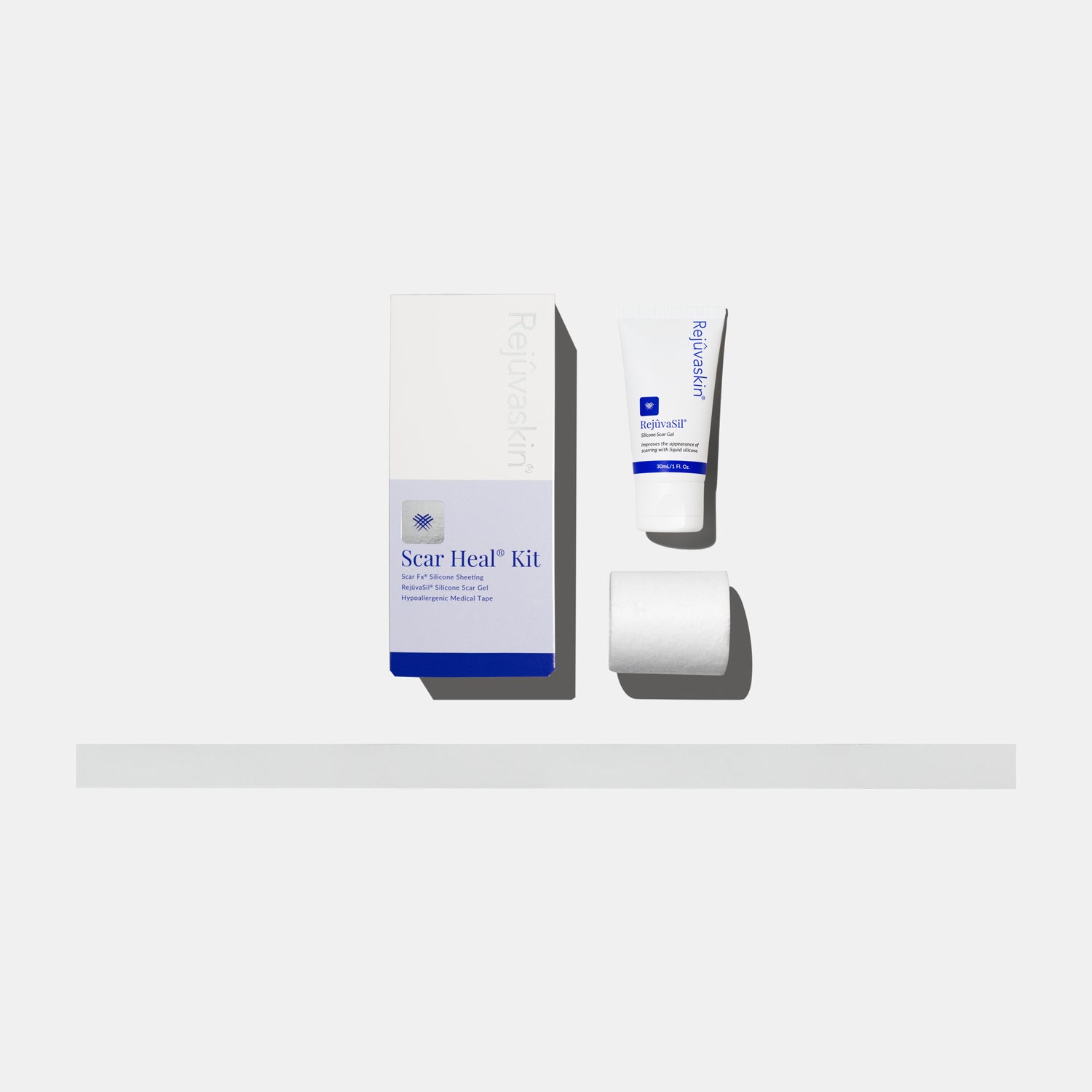


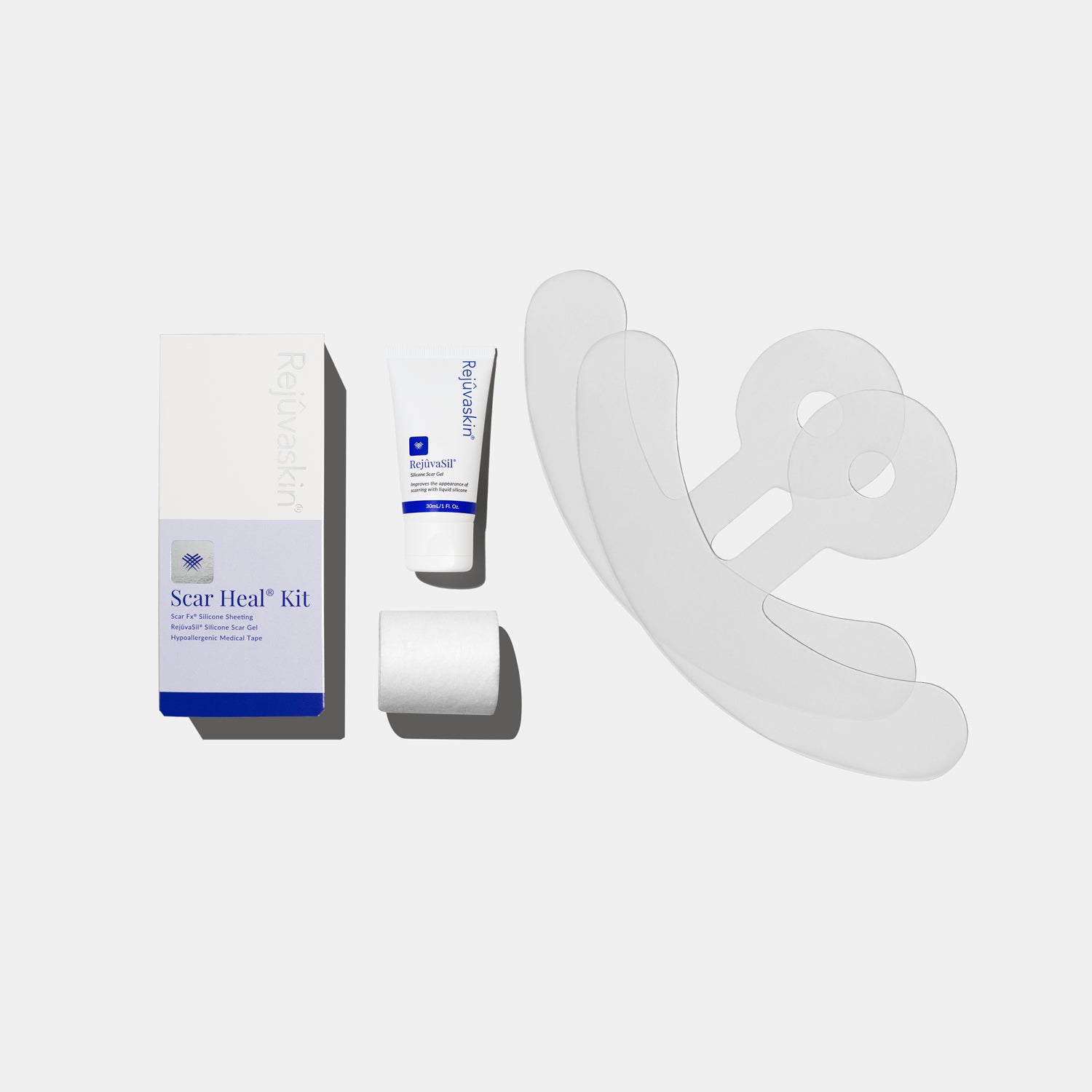
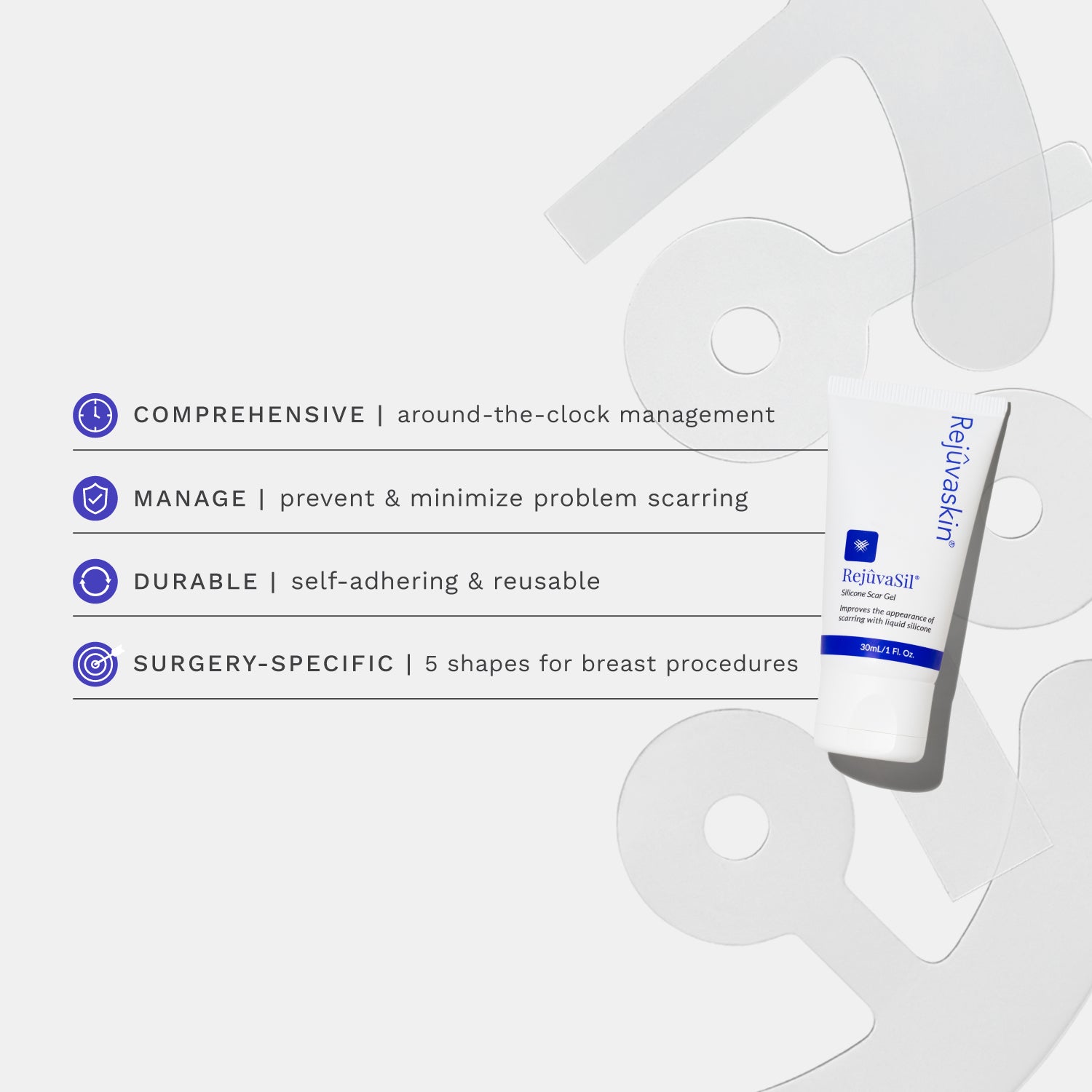
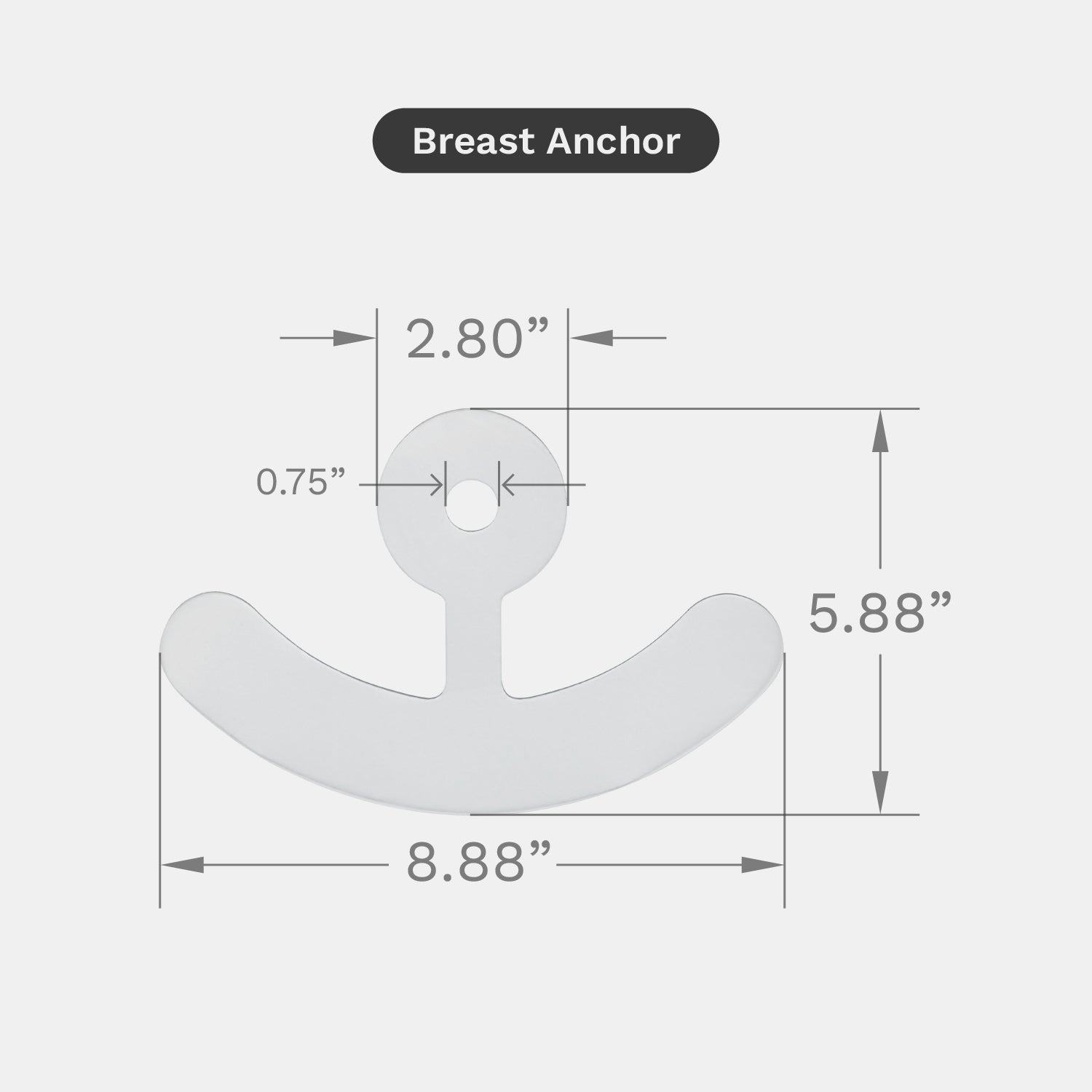
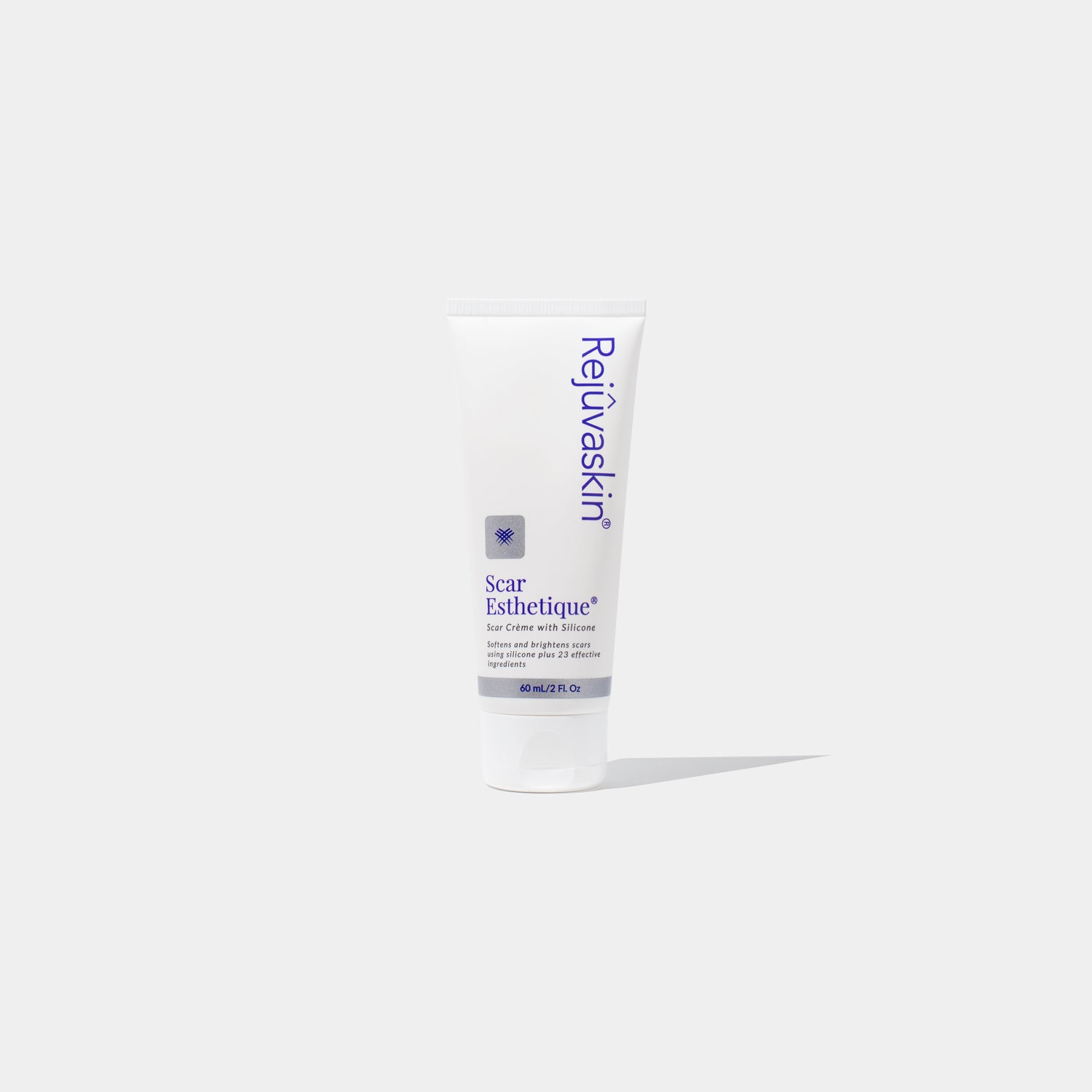
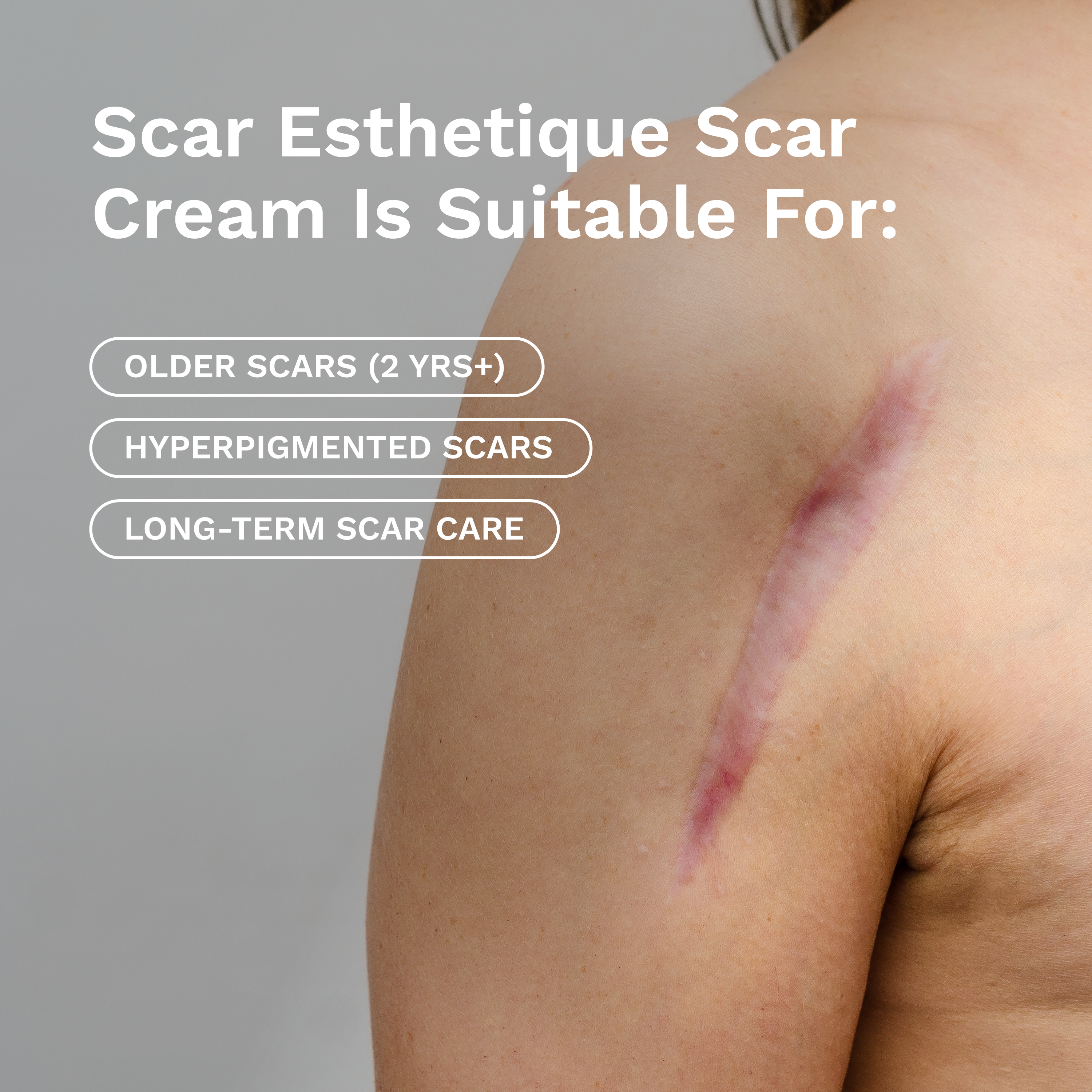









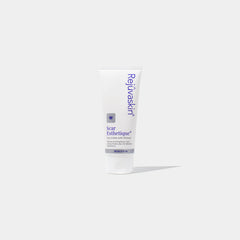
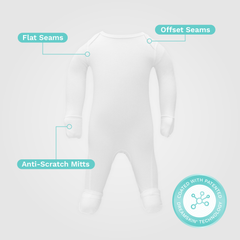

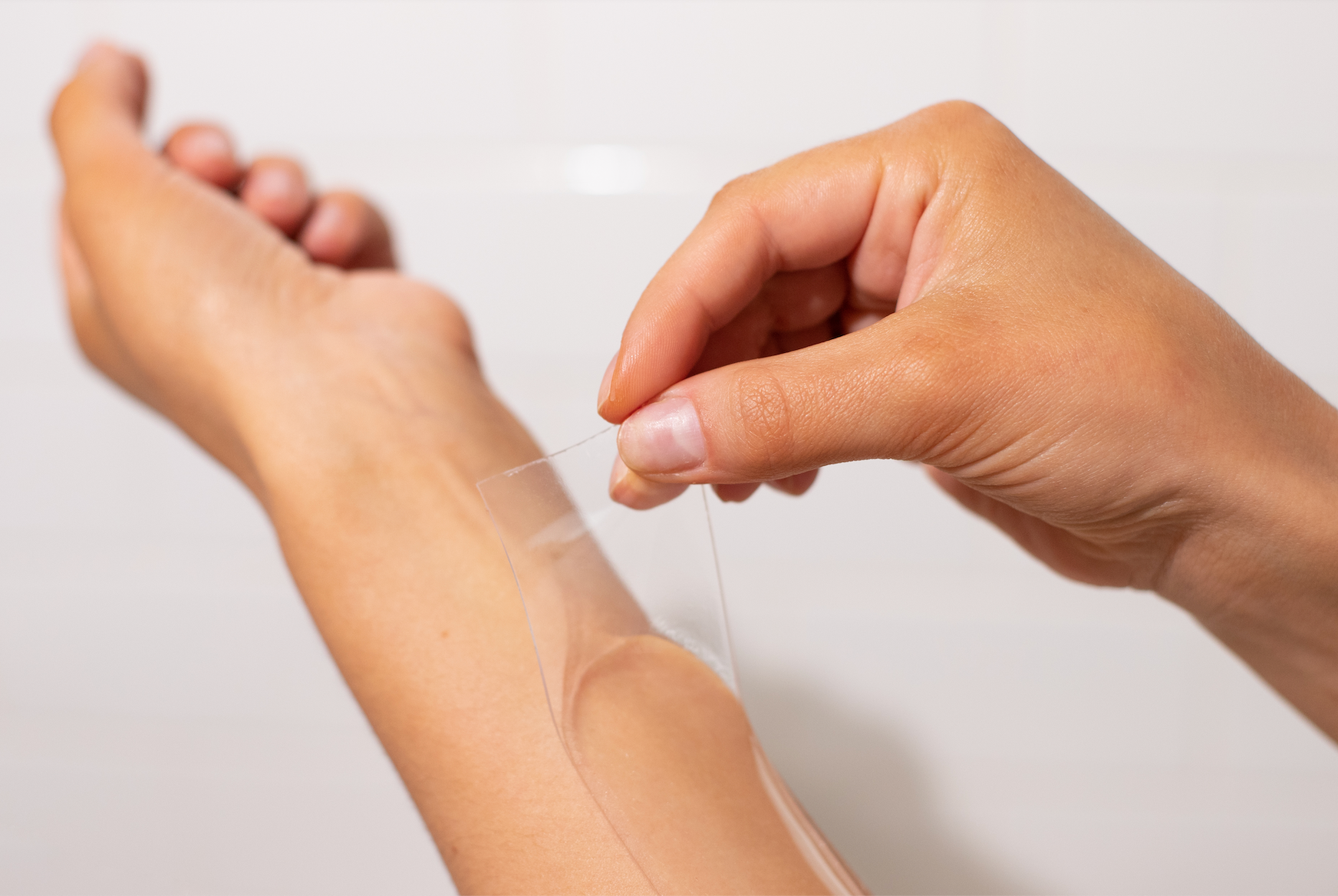
Leave a comment